




To grow an orchid, you have to think like an orchid. The golden rule for orchid success is to duplicate the plant’s natural conditions as closely as possible. In nature, most orchids are epiphytes, meaning they grow on other objects, clinging to rough bark or even stone. The showy orchids favored by most people are usually either phalaenopsis hybrids (so-called moth orchids) or dendrobium hybrids.
Optimal Growing Conditions for Orchid Plants
These plants thrive in strong light, but not direct late-afternoon sunlight (although dendrobiums can handle more sun). They also need high humidity and turbulent airflow around the roots. They need regular periods of drying alternated with heavy watering (or drenching rains). Orchids do best in temperatures above 50 degrees but below 85 degrees.
Repotting Orchids for Success
The first step with any store-bought orchid is to enjoy the bloom. Don’t attempt to re-pot a flowering plant.
After the bloom is done, go ahead and cut off the dead flower spike with sterile snippers and repot the plant. Orchids should be potted into specialized orchid pots in an orchid mixture. Orchid pots feature wide drainage slits so water will literally run through the pot. They are widely available. Orchid potting mixture is usually composed of several chunky ingredients, including pine bark, charcoal, and even styrofoam.
To re-pot your orchid, follow these steps:
- Remove it from the plastic pot and carefully remove as much of the moss as you can. Healthy roots should be white and firm, with a small green growing point.
- Cut away any shriveled, rotten or blackened roots.
- Set the plant into the pot and fill in around it with potting mixture. The plant should be firmly situated, but it will not be completely anchored. Eventually, new roots will grow through the potting mixture and attach to the pot itself, thus anchoring your plant.
Tips for Indoor Orchid Care
- Caring for your orchid is pretty simple. During the summer months, water it weekly and heavily. Let the water drench the roots and fill up the pebble tray. It doesn’t hurt every so often to put the plant in the kitchen sink and really soak it down. Don’t worry, you won’t kill it as long as it’s allowed to dry out afterward.
- During the growing season, feed it weekly with a weak solution of a powder or liquid fertilizer.
- In the winter, keep your plant warm and cut the water back to once a month or so. Mist it every so often to make sure it stays hydrated. Don’t fertilize it.
- If you see signs of distress, such as yellowing leaves, wrinkled leaves, or no blooms, move the plant and keep tweaking your conditions. Once an orchid finds a happy spot and falls into a routine, the plant should regularly throw out new roots and leaves or canes and reward you yearly with a beautiful bloom.
-


Dendrobium Farmeri Pink Medium Size Plant
₹1,099.00 Add to Cart -


Dendrobium Red Town Seedling
₹349.00 Add to Cart -




Orchid / Tolumnia Combo Pack 6 Plants
Sale!₹1,999.00₹1,799.00 Add to Cart -



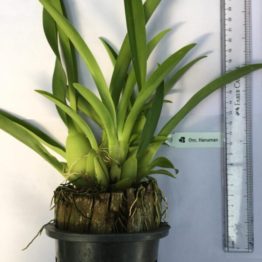
Oncidium Hanuman
₹999.00 Add to Cart -



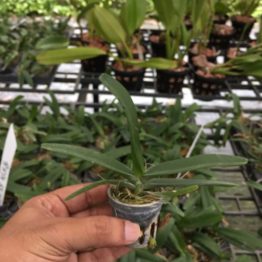
Fragrant Orchid / Rhynchostylis combo pack of 6
Sale!₹2,499.00₹2,299.00 Add to Cart -






Fragrant Orchid / RHYNCHOSTYLIS ORANGE (CHANG SOM) Seedling
₹499.00 Add to Cart -

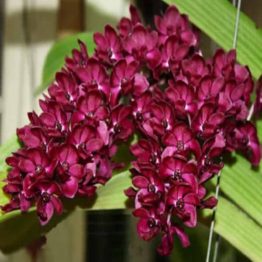




Fragrant Orchid / RHYNCHOSTYLIS CHANG DANG
₹499.00 Add to Cart -

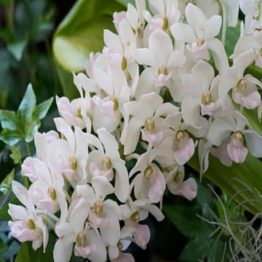




Fragrant Orchid / Rhynchostylis White Chang Pruak Seedling
₹499.00 Add to Cart -






Tolumnia Jairak Flyer ‘Oak’
₹449.00 Add to Cart -

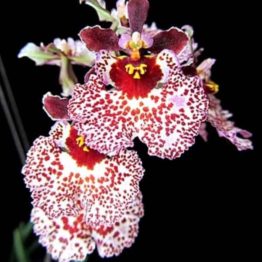




Tolumnia Flyer Brown Spotty
₹449.00 Add to Cart -

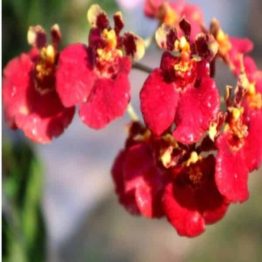




Tolumnia Flyer super red
₹449.00 Add to Cart -





Oncidium twinkle Yellow
₹949.00 Add to Cart -





Oncidium twinkle Red
₹949.00 Add to Cart -




Oncidium Sharry Baby Sweet Smelling (Blooming Size)
₹1,049.00 Add to Cart -




Oncidium Golden Shower
₹649.00 Add to Cart -




Vanda Somsri Gold
₹449.00 Add to Cart -






Vanda Dr Anek x Warut leopard
₹449.00 Add to Cart -

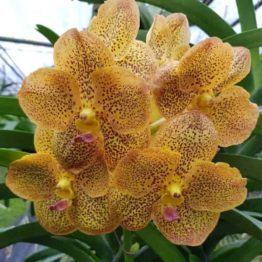




Vanda Yellow Spot
₹449.00 Add to Cart -

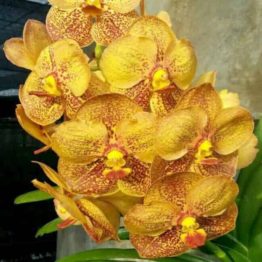




Vanda Prapathom x Suksamran
₹449.00 Add to Cart -



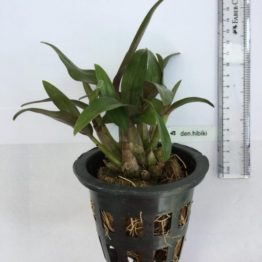
Dendrobium Hibiki Plant
₹1,299.00 Add to Cart -

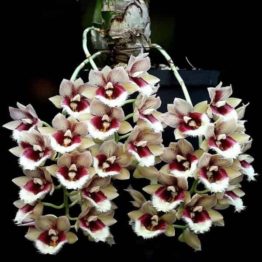


Fragrant Orchid / Catasetum Clowesetum Penang Waltz
₹1,799.00 Add to Cart -



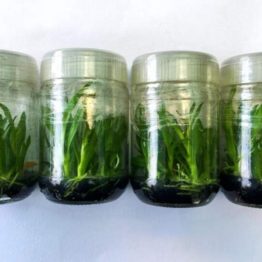
Dendrobium Tissue Culture Flasks (28 to 40 plants)
Sale!₹1,699.00₹1,499.00 Add to Cart -



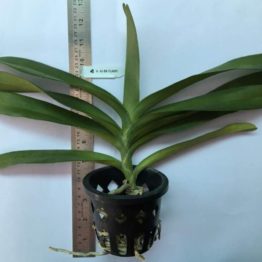
Vanda Renanthera Azimah Bangkok Flame
₹1,049.00 Add to Cart -




Tolumnia Big Bang
₹449.00 Add to Cart -

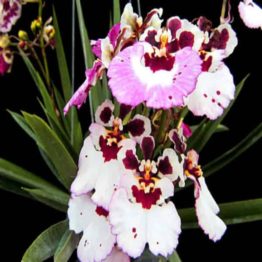

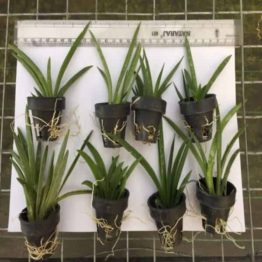
Tolumnia Cute Rim
₹449.00 Add to Cart -

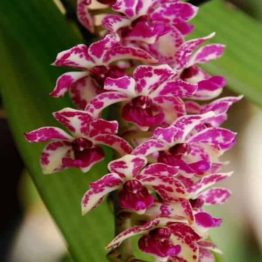


Fragrant Orchid / Rhynchostylis Spot Plai Seedling
₹499.00 Add to Cart -




Dendrobium Lindleyi Blooming Size
₹1,249.00 Add to Cart -



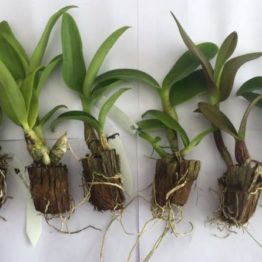
Combo Pack of 50 Different Dendrobium Colors
₹7,999.00 Add to Cart -

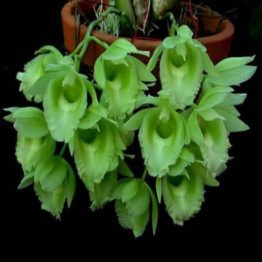

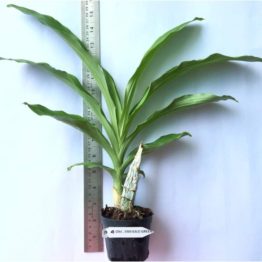
Fragrant Orchid / Catasetum Clowesetum Emerald Princess Green
₹1,749.00 Add to Cart -

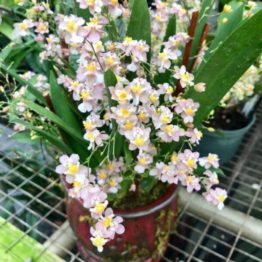


Oncidium twinkle White Blooming Size
₹1,049.00 Add to Cart -




Oncidium Tzeng Wen Spots
₹1,149.00 Add to Cart -

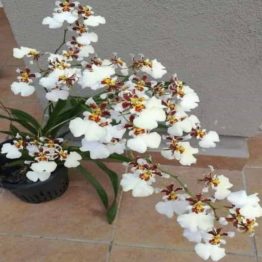


Kampangsan White Blooming Size
₹1,099.00 Add to Cart -




Vanda Seidenfadenia Mitrata “Yellow”
₹1,449.00 Add to Cart -

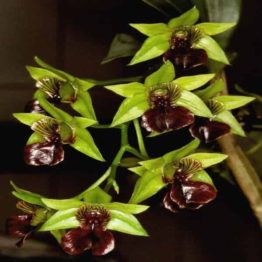


Dendrobium Convolutum Blooming Size
₹1,299.00 Add to Cart -




Dendrobium Amabile Blooming Size
₹1,299.00 Add to Cart -



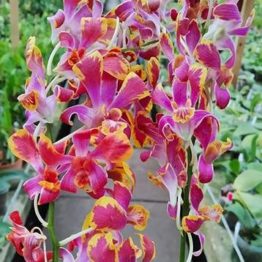
Dendrobium Salcatum Blooming Size
₹1,199.00 Add to Cart -

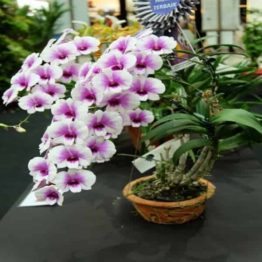


Dendrobium YaYa Mini Compactum Blooming Size
₹699.00 Add to Cart -

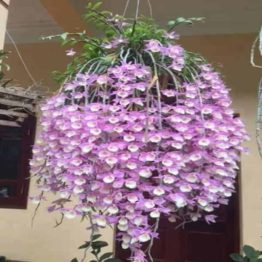


Dendrobium Aphyllum Blooming Size (Wood Mounted)
₹1,399.00 Add to Cart -



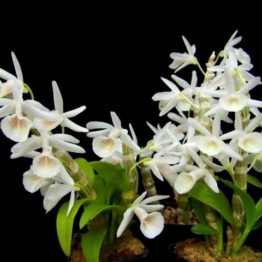
Dendrobium Cretaceum (Polyanthum) Blooming Size
₹1,399.00 Add to Cart -













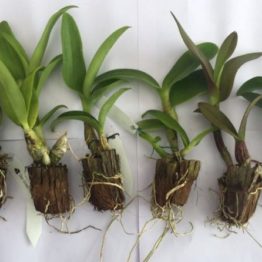
Dendrobium Thongchai BKK Seedling
₹349.00 Add to Cart -

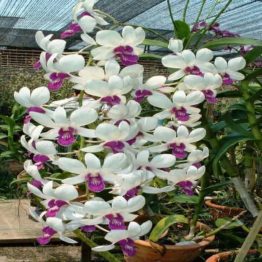












Dendrobium Charming Seedling
₹349.00 Add to Cart -

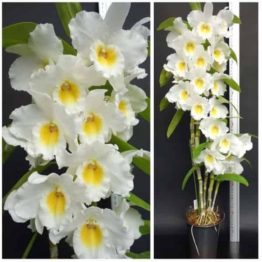


Dendrobium Nobile True Love Seedling
₹599.00 Add to Cart -














Dendrobium Kammam Seedling
₹349.00 Add to Cart -














Dendrobium Mini Pink Seedling
₹349.00 Add to Cart -














Dendrobium Pink Panda Seedling
₹349.00 Add to Cart -














Dendrobium Pink Stripe 23 Seedling
₹349.00 Add to Cart -














Dendrobium White Red Lip 283 Seedling
₹349.00 Add to Cart -














Dendrobium Pink Red Lip 22 Seedling
₹349.00 Add to Cart -














Dendrobium Mini 3 Lips Seedling
₹349.00 Add to Cart -

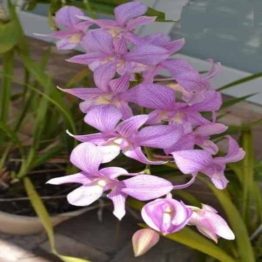












Dendrobium Lai Siam Seedling
₹349.00 Add to Cart


